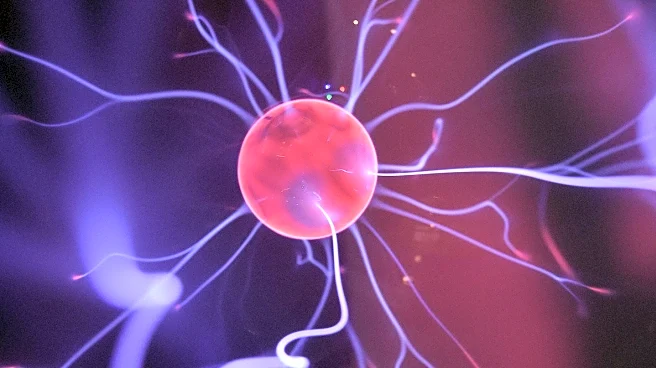What's Happening?
A study led by Sora Shin at the Fralin Biomedical Research Institute has identified a brain circuit that changes after trauma, linking aggression and self-harm. The research, published in Science Advances, suggests that these behaviors may share a common
neural basis rooted in how the brain processes pain signals. Using mice models, the study found that early-life trauma and overactivity of specific calcium channels in neurons increase the risk of impulsive aggression and self-injurious behavior. The nucleus reuniens, connecting the prefrontal cortex and hippocampus, plays a key role in memory, emotion, and decision-making, with dysregulation implicated in impulsivity and anxiety-related behaviors.
Why It's Important?
Understanding the neurological connection between early trauma and its impacts offers insights into the development of maladaptive behaviors. This research could guide the development of more effective therapies for aggression and self-harm, addressing critical social problems with serious consequences. By identifying specific brain pathways, the study provides a deeper understanding beyond subjective assessments, potentially leading to targeted interventions that improve mental health outcomes.
Beyond the Headlines
The study highlights the importance of addressing early-life trauma in mental health treatment. By focusing on the brain's processing of pain signals, researchers can explore new therapeutic approaches that target the underlying neural mechanisms. This could lead to advancements in precision medicine, offering personalized treatments for individuals affected by aggression and self-harm.













